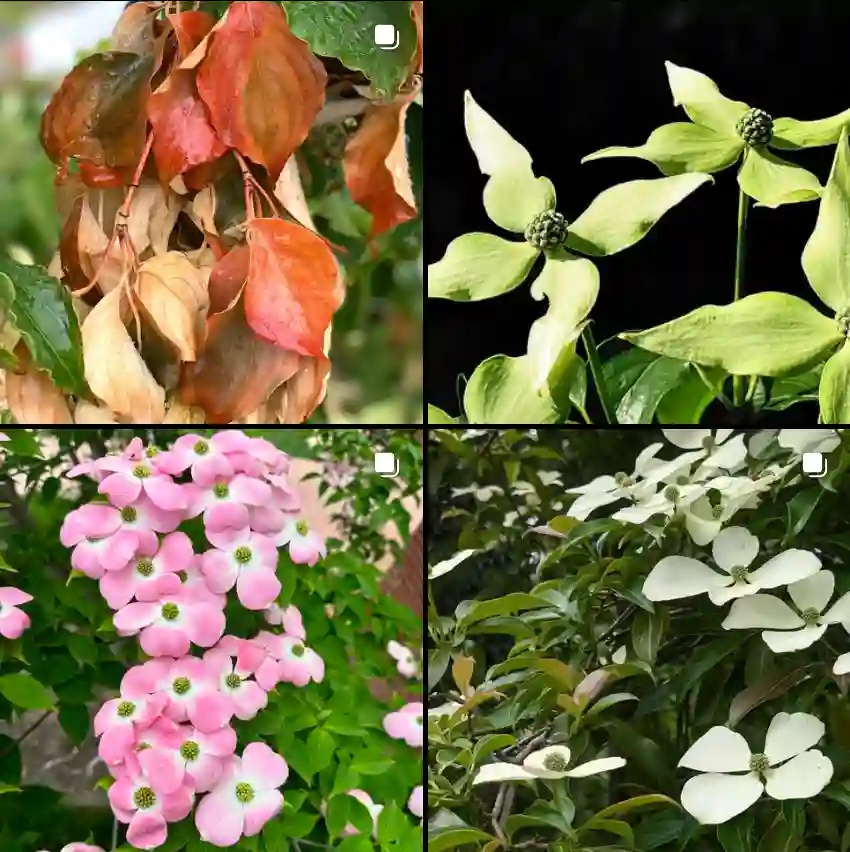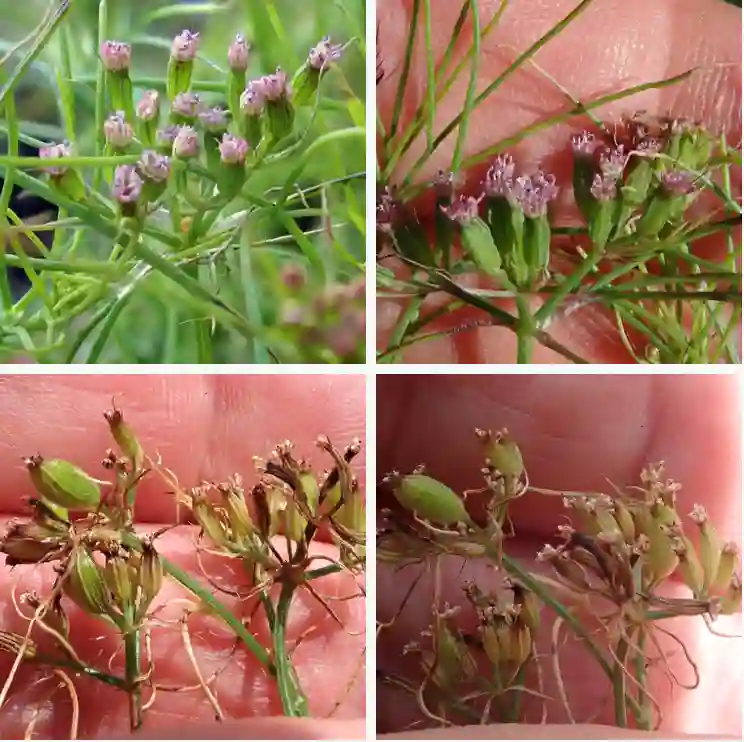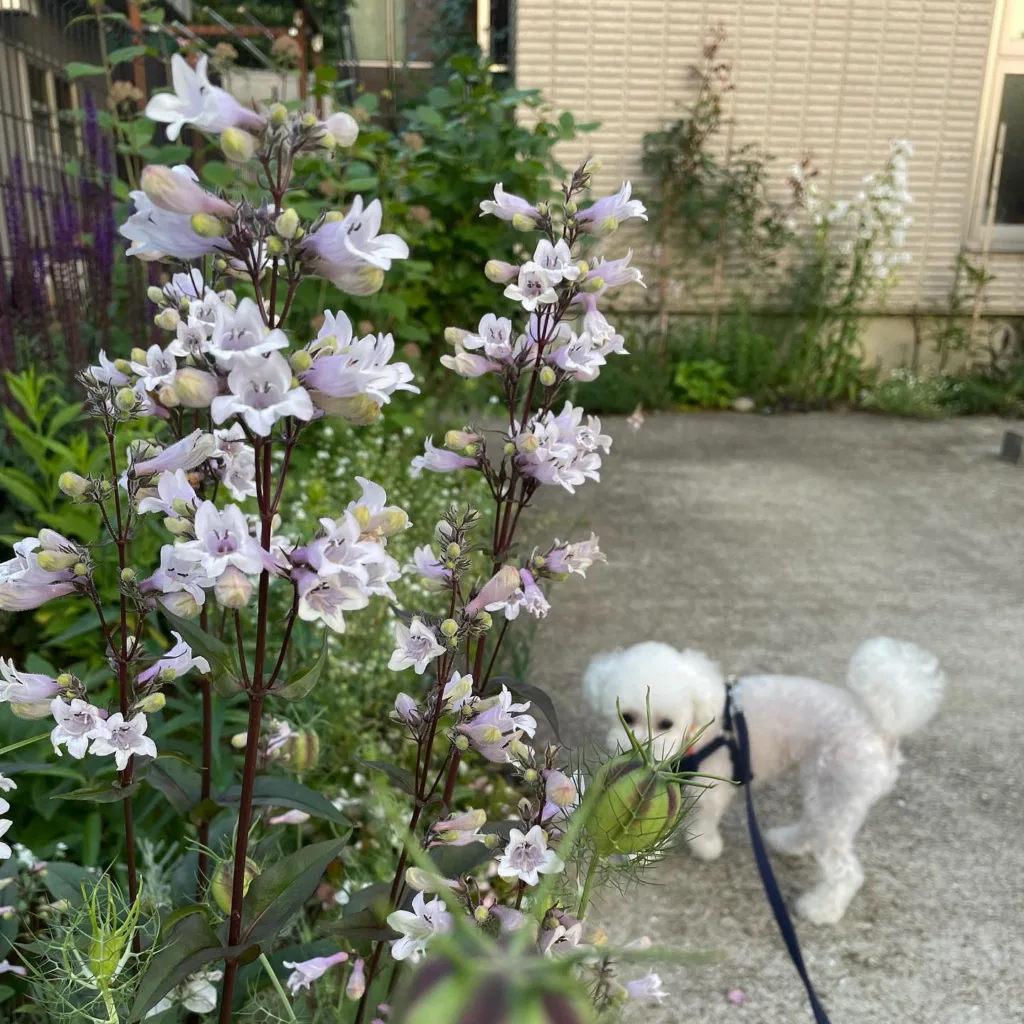FAQs About Aglaonema Pink Pearl
As a plant enthusiast, I’ve had my fair share of experiences with various houseplants, but few have captured my attention quite like Aglaonema Pink Pearl. This plant, with its striking pink and green foliage, adds a splash of vibrant color to any room. Here, I’ll answer some frequently asked questions about the Aglaonema Pink Pearl, covering everything from care to propagation.
26 Species in Genus Aglaonema
What is Aglaonema Pink Pearl?
Aglaonema Pink Pearl is a stunning variety of Aglaonema known for its distinctive foliage. The leaves are a mix of dark green and bright pink, creating a visually striking contrast. This plant is often chosen for its aesthetic appeal and its relatively easy care requirements, making it a popular choice for both novice and experienced plant lovers.
How to Care for Aglaonema Pink Pearl?
Caring for Aglaonema Pink Pearl is straightforward, but it does have some specific needs. Here’s a breakdown of what you should keep in mind:
- Light: Aglaonema Pink Pearl thrives in bright, indirect light. Direct sunlight can scorch the leaves, so it’s best to place it near a window with filtered light. It can also tolerate lower light conditions, though growth may slow down.
- Watering: This plant prefers its soil to dry out slightly between waterings. Overwatering can lead to root rot, so make sure the pot has good drainage. I usually water mine when the top inch of soil feels dry. In the winter, reduce watering as the plant’s growth slows down.
- Humidity: Aglaonema Pink Pearl enjoys moderate to high humidity. If your home is dry, consider placing a humidifier nearby or misting the plant occasionally. It helps keep the leaves looking their best.
- Temperature: This plant prefers temperatures between 65-80°F (18-27°C). Avoid placing it near drafts or in areas with fluctuating temperatures, as this can stress the plant.
- Soil: Use a well-draining potting mix. A blend of potting soil, perlite, and peat moss works well. Good drainage is crucial to prevent waterlogged roots.
- Fertilizing: Feed Aglaonema Pink Pearl with a balanced, water-soluble fertilizer every 4-6 weeks during the growing season (spring and summer). Reduce feeding in the fall and winter when the plant’s growth slows.
How to Propagate Aglaonema Pink Pearl?
Propagation is a fun way to expand your collection or share plants with friends. Here’s how I’ve successfully propagated my Aglaonema Pink Pearl:
- Stem Cuttings: Take a cutting that is about 4-6 inches long and has at least one node (the small bump where leaves grow). Remove the lower leaves and dip the cut end in rooting hormone. Plant the cutting in a small pot with a mix of peat and perlite. Keep the soil moist but not soggy. Place the pot in a warm, bright location out of direct sunlight. In a few weeks, you should see new growth.
- Division: You can also propagate by dividing the plant. Remove the Aglaonema from its pot and gently separate the root ball into smaller sections, each with at least one growing tip. Re-pot the divisions into new containers with fresh potting mix.
What to Plant With Aglaonema Pink Pearl?
If you’re looking to create a mixed plant arrangement, Aglaonema Pink Pearl pairs well with several other plants. Here are a few companions I’ve found complement its vibrant colors:
- Snake Plant (Sansevieria): The upright, architectural form of the Snake Plant contrasts nicely with the bushy Aglaonema Pink Pearl.
- Pothos (Epipremnum aureum): The trailing vines of Pothos can add a cascading effect around the base of the Aglaonema.
- ZZ Plant (Zamioculcas zamiifolia): With its glossy, dark green leaves, the ZZ Plant provides a subtle contrast to the Aglaonema’s colorful foliage.
What Are Common Problems with Aglaonema Pink Pearl?
Even though Aglaonema Pink Pearl is relatively low-maintenance, it can face some issues:
- Yellowing Leaves: This can be a sign of overwatering or poor drainage. Make sure you’re allowing the soil to dry out between waterings and that the pot has proper drainage.
- Brown Leaf Tips: This often indicates low humidity or underwatering. Increase humidity or adjust your watering routine.
- Pests: Watch for common houseplant pests like spider mites or mealybugs. Regularly inspect the plant and treat any infestations promptly with insecticidal soap or neem oil.
Conclusion
Aglaonema Pink Pearl is a beautiful and manageable plant that can brighten up any space with its unique pink and green foliage. By understanding its care requirements and knowing how to propagate and pair it with other plants, you can enjoy this stunning houseplant for years to come. If you’re considering adding Aglaonema Pink Pearl to your collection, I highly recommend it for its beauty and ease of care.
If i die, water my plants!



